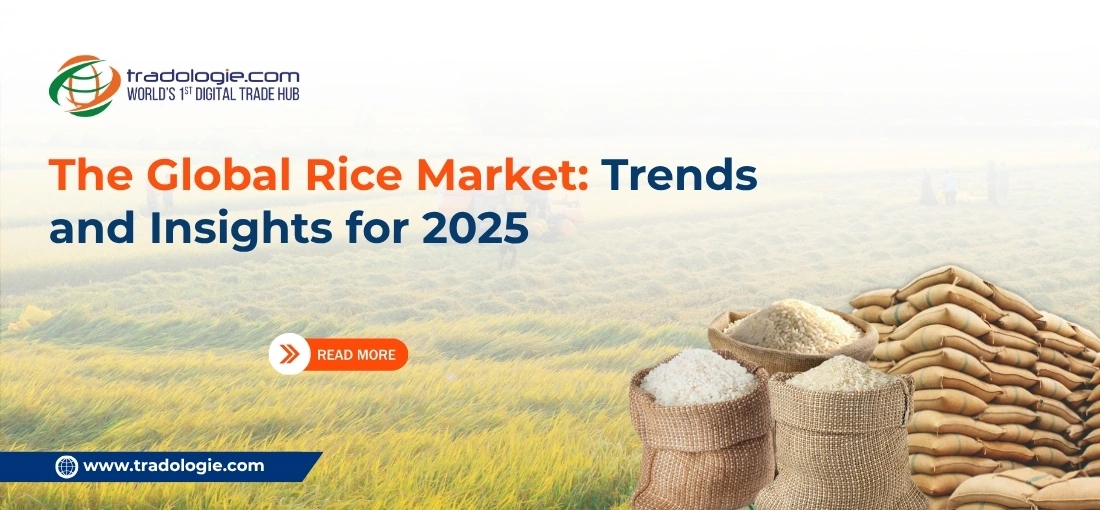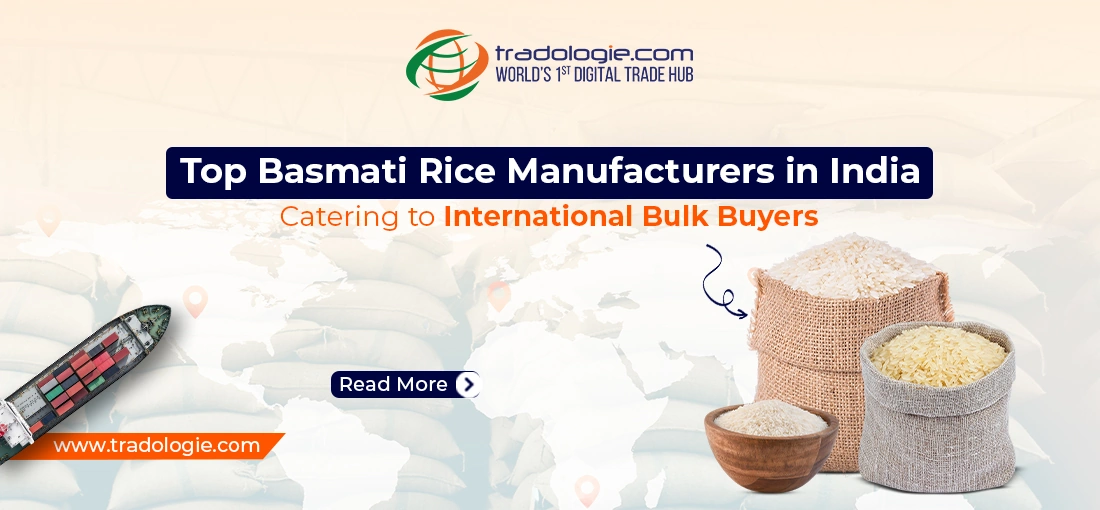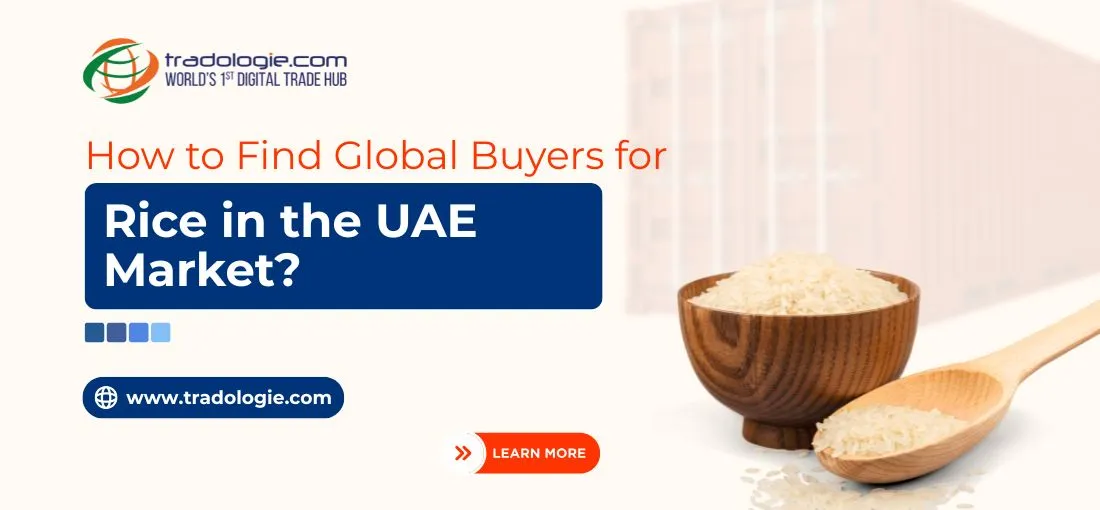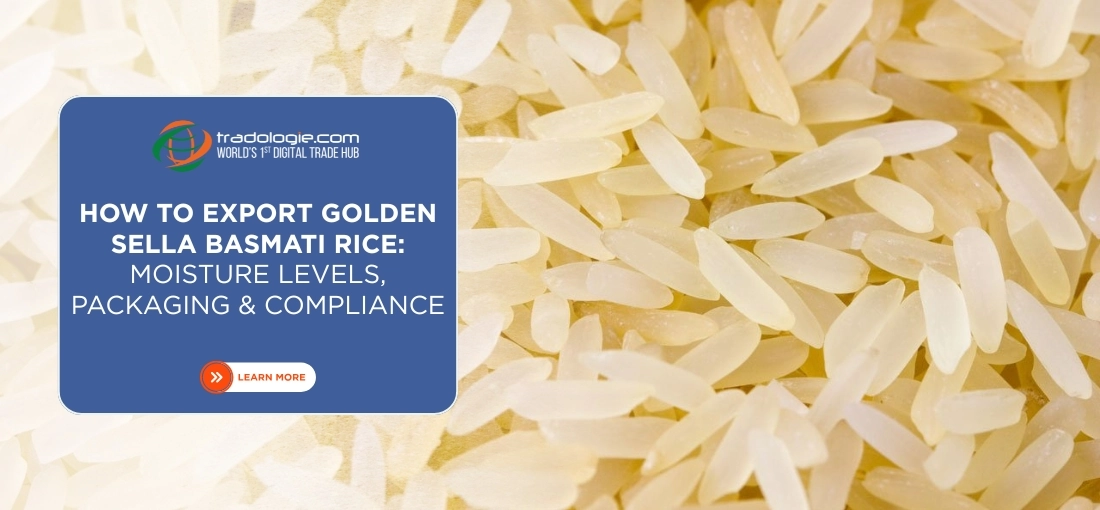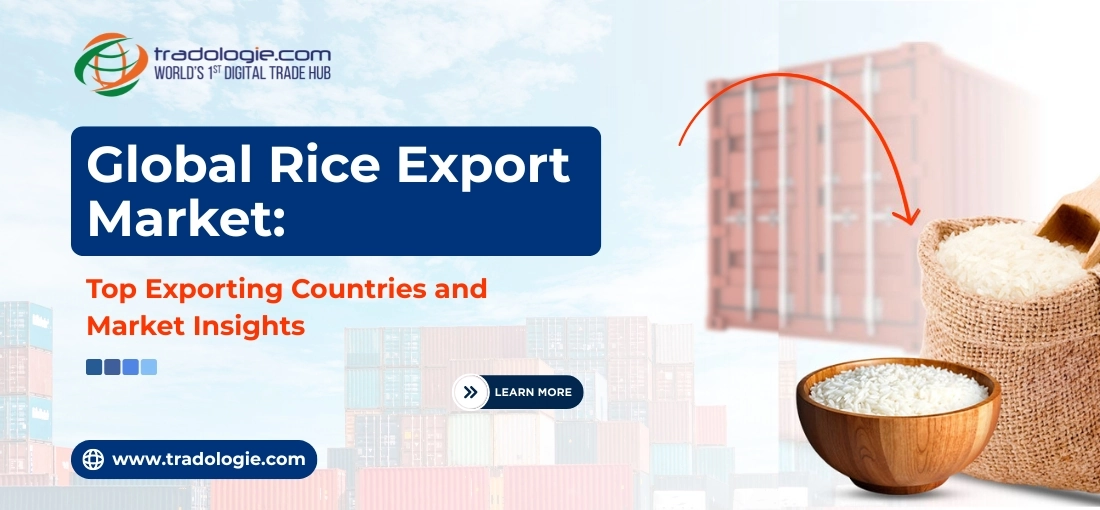The Global Rice Market: Trends and Insights for 2025
The international rice landscape is undergoing a period of strategic recalibration in 2025. The stakeholders ranging from bulk rice exporters to institutional buyers must adapt to the growing needs of the market which is driven by record harvests, changing consumer needs, and competitive dynamics across continents. They must navigate price volatility, regional competition, and operational margins with precision.
Market Scale and Growth Forecasts
It is interesting to note that the recent industry estimates place the global rice market at approximately USD 323.7 billion in 2024. The forecasts reveal a stable compound annual growth placed at 3.1% through 2034. This trajectory will push total market value toward USD 439 billion by the decade's end which will largely be fueled by evolving dietary preferences and innovations in rice varieties, processing methods, and convenience packaging.
This growth—while moderate—underscores rice's status as both a staple food ingredient and a strategic procurement item. For B2B actors, it signals the imperative to parse layers of demand growth, price sensitivity, and value-added product penetration.
India's Role: Production and Price Shocks
India has once again reshaped the global rice equation. The country produced a harvest of 147 million tonnes of milled rice in 2024, potentially exporting 24.5 million tonnes as reported by USDA data, which in itself is a significant figure. This output surge triggered a 29% softening in long-grain rice prices, driving them close to USD 400 per tonne—placing significant competitive pressure on other exporting regions, notably Thailand and Vietnam.
These pricing effects cascade through trade corridors: processors in the US, bulk rice buyers in the Gulf, and African importers can secure more favorable FOB/CIF pricing. However, this dynamic also dampens margins for bulk rice exporters in Mercosur and the United States.
Emerging Supply Regions and Commodity Disruption
In parallel, Mercosur nations, particularly Uruguay and Brazil, are scaling up rice output, contributing to export competitiveness. FAO data indicates Uruguayan rice export prices declining from USD 800 to USD 582 per tonne since late 2024.
Elsewhere, Indonesia—the world's largest rice importer in 2024—has cut planned imports from 4.7 million to under 1.0 million tonnes in 2025, due to improved domestic yields and ample carryover stocks. Collectively, these developments signal an oversupplied landscape that could erode average per-ton pricing globally.
North American Implications and Processor Margins
In North America, long-grain rice exports from the US declined by 21% in the first three quarters of 2024/25, down to 2.29 million tonnes, largely due to pricing advantages from Mercosur and Indian origins. Export prices registered a 12% fall to approximately USD 650 per tonne, with domestic farmgate prices remaining steady—eroding processing margins for domestic packers.
Projections for the 2025 harvest signal a 3% production contraction to 167.2 million hundredweight, marginally easing supply but keeping the bulk of trade competitive and price-sensitive.
Value-Added Trends: Rice Noodles and Health Positioning
A notable development in 2025 has been growth in the rice noodles segment which is driven by clean-label demand, gluten-free positioning, and rising health consciousness among rice importers. Rice noodles are gaining traction in HORECA distribution and supermarket private-label portfolios. This is especially true in markets like the UK, where approximately 15% of households are pursuing wheat-free options.
This product is however still a niche. It remains subject to premium positioning and faces stiff competition from wheat and multigrain noodle categories, particularly in regions where affordability drives procurement.
Strategic Implications for B2B Stakeholders
Price Arbitrage Management
Bulk rice exporters from India, Uruguay, and Brazil must calibrate quotations under CIF/FOB terms to account for falling global grain prices. Traders using platforms with real-time competitive intelligence—such as transactional supply-chain networks—can better align offers and optimize shipment volumes.
Margin Control and Packaged Strategy
Rice processors in margin-compressed environments must invest in cost integration—ranging from mechanized processing to packaging agility—to buffer global pricing swings, especially for large scale rice importers reliant on consistent volume and price.
Derivatives and Hedging Tools
Commercial buyers using structured contracts and forward agreements can protect against abrupt price drops. Commodity derivatives and forward freight agreements are gaining traction as risk management instruments.
Value-Added Product Development
Rice noodle manufacturers face growing competitive pressure; notions such as private-label differentiation, functional ingredients, and e-commerce distribution can enhance unit margins and offset price sensitivity.
Channel Diversification
As import volumes shift—particularly with Indonesia reducing direct imports—exporters should explore alternative corridors in Africa, the Middle East, and South Asia, where replacing US/Thai origin rice with Indian or Mercosur cargoes is becoming viable.
Operational Excellence and Market Connect
Efficient logistics—especially container availability, port turnaround, and freight procurement—are essential to offset-margin compression. Digital procurement platforms are increasingly central, as they enable:
- Dynamic vetting of bulk rice exporters
- Structured negotiation across real-time bids and offers
- Shipment schedules aligned with forward Harvest/Shipping windows
- Transparent access to documentation and compliance
These systems serve as critical enablers in global trade networks, bridging exporter-distributor ecosystems with reliability and transactional clarity.
Conclusion
The 2025 global rice market is dependent on production, price volatility, and intensifying competition. B2B stakeholders, right from bulk exporters to end-channel aggregators, must adopt a sharpened commercial posture: agile pricing structures, margin defense through cost integration, and innovation in rice-based value-added products.
As the supply landscape expands—driven by India, Mercosur, and domestic self-sufficiency in key importer markets—the upside lies in supply chain responsiveness and strategic market positioning. The rice supply chain is more interconnected than ever, and success belongs to those who marry operational discipline with market foresight.

